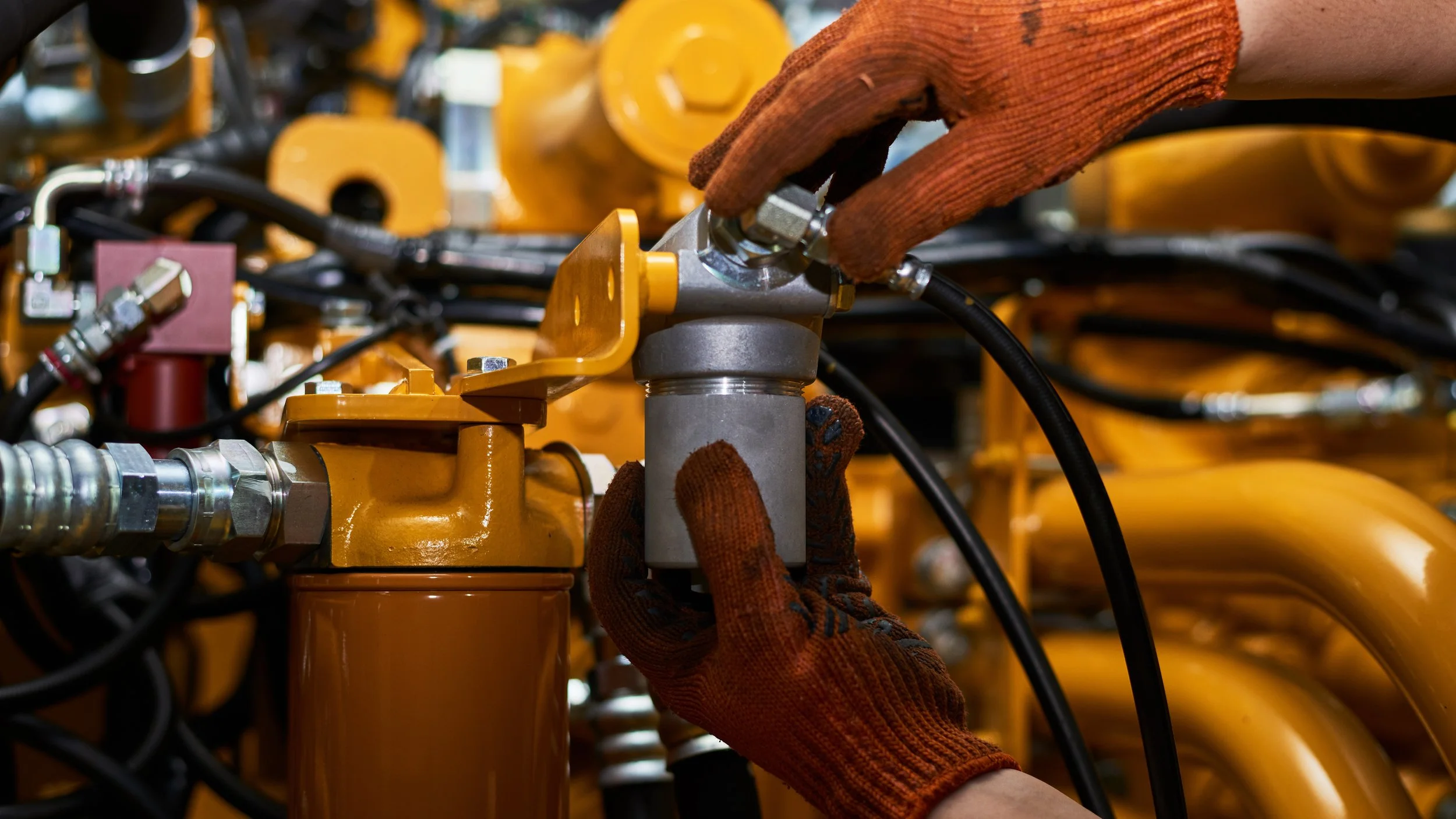Equipment maintenance and upgrades are real concerns in equipment financing, as they directly impact the equipment's operational efficiency, lifespan, and value.
Here's everything you need to know about equipment maintenance and upgrades as they relate to equipment financing:
Importance of Equipment Maintenance:
Optimal Performance: Regular maintenance guarantees that the equipment operates optimally, minimizing downtime and maximizing uptime productivity.
Longevity: Proper maintenance practices can extend the lifespan of the equipment, lowering the need for early replacements or repairs.
Cost Savings: Well-maintained equipment is less likely to break down, lowering unexpected repair costs and possible disruptions to business operations.
Maintenance Responsibilities:
Borrower Responsibility: As the equipment owner, the borrower is responsible for equipment maintenance and associated costs during the financing term.
Maintenance Agreements: Some lenders may require borrowers to enter into maintenance agreements to ensure proper care and maintenance of the financed equipment.
Warranty Coverage: Equipment warranties may cover specific maintenance and repair costs for a specified period. Understanding warranty terms and requirements is vital for maximizing warranty benefits.
Upgrades and Improvements:
Technological Advancements: Upgrading equipment allows businesses to leverage new technologies and advancements, improving productivity, efficiency, and competitiveness.
Regulatory Compliance: Equipment upgrades may be required to meet changing regulatory standards or environmental requirements, ensuring compliance with laws and regulations.
Enhancing Performance: Upgrades can enhance equipment performance, reliability, and safety, leading to improved operational outcomes and reduced downtime.
Financing Options for Maintenance and Upgrades:
Maintenance Reserves: Businesses can set aside funds or establish maintenance reserves to cover routine maintenance and minor repairs over the equipment's lifespan.
Working Capital Loans: Working capital loans can fund maintenance and minor equipment upgrades as part of regular business operations.
Equipment Refinancing: Equipment financing structures like loan refinancing may allow businesses to access additional capital to fund significant equipment upgrades or replacements.
Return on Investment (ROI) Considerations:
When evaluating equipment maintenance and upgrades, consider the potential return on investment, including:
Cost-Benefit Analysis: Consider the costs of maintenance and upgrades against the potential benefits, such as increased productivity, reduced downtime, and energy savings.
Efficiency Gains: Estimate the potential improvements in operational efficiency, output quality, or capacity resulting from equipment maintenance and upgrades.
Resale Value: Proper maintenance and upgrades can boost the equipment's resale value, potentially providing a higher return on investment when sold or traded.
Scheduled Maintenance Programs and Documentation:
Launching a structured maintenance program and maintaining detailed logs or records of maintenance activities, repairs, and upgrades is crucial. These records can show equipment care and warranty compliance, plus enhance the equipment's value for potential resale or financing purposes.
Equipment maintenance and upgrades are necessary to maximize the value and performance of financed equipment. It is possible to be at a zero net loss with use over time when purchased strategically. By enforcing effective maintenance practices, considering upgrade opportunities, and aligning financing options, businesses can ensure that their equipment remains in optimal condition, supports their operations, and provides a positive return on investment throughout its lifecycle.
